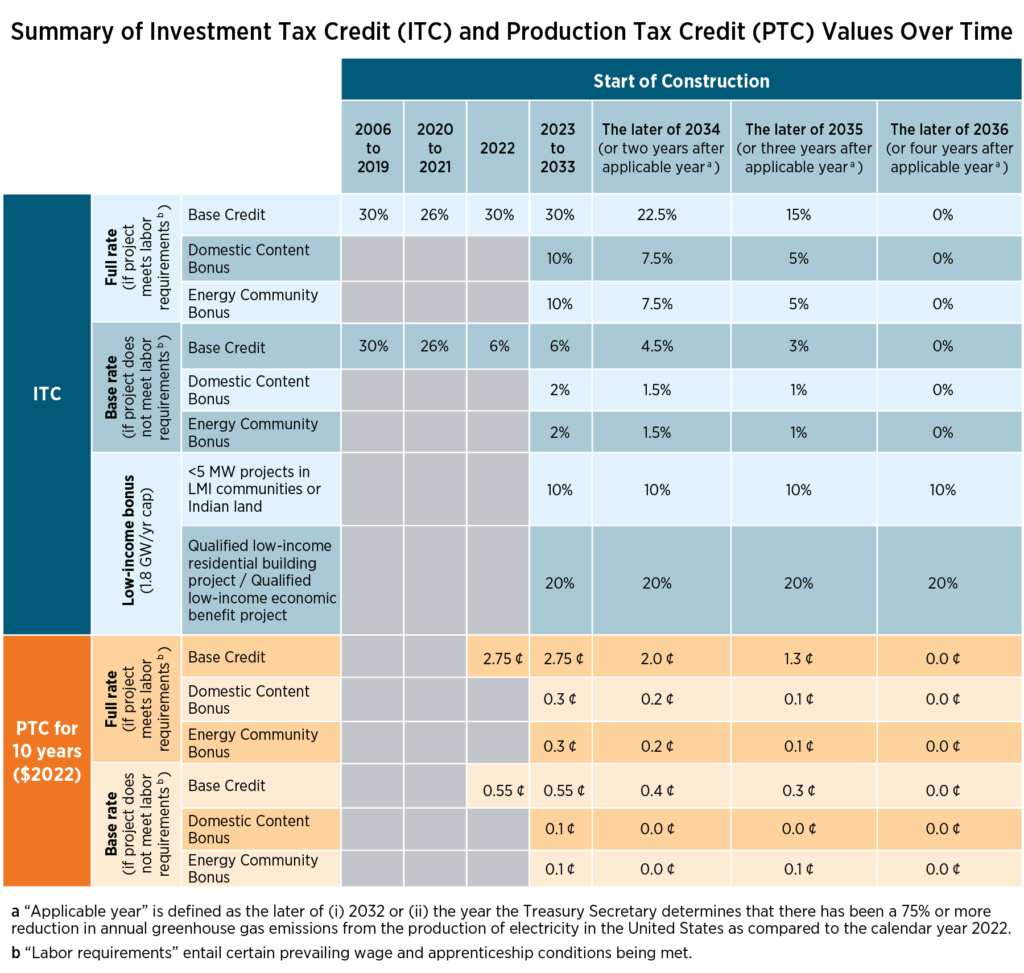
Imagine a world where you are at the helm of a successful, sustainable business and save millions by producing your own electricity. Welcome to the world of commercial solar panel systems. With businesses getting smarter about their investments, many are turning to solar energy as a solution. But, why are they making the switch?
Let’s explore.
Understanding Commercial Solar Power
Commercial solar systems are not limited to large-scale utility. It can also include smaller setups like rooftop or ground-mounted installations for businesses, also called “distributed generation.” These setups generate power at or near the point of usage, reducing transmission losses. Any excess energy is fed back into the grid, earning you valuable bill credits under net metering policies.
Why Businesses are Going Solar
Affordability and Financial Incentives
Deterred by the upfront costs? Don’t be. Numerous financial incentives substantially reduce the initial cost of solar panel systems. Federal Investment Tax Credit (ITC), Production Tax Credit (PTC), Modified Accelerated Cost Recovery System (MACRS) Bonus depreciation, and Net metering are a few favorable policies that can bring down your system’s cost by nearly 70%!
Return on Investment (ROI)
With companies spending thousands on electricity each year, businesses can save up to $101,259 over 20 years with a solar panel system that offsets 90% of their energy consumption. Beyond savings, solar provides a hedge against volatile energy prices, making budgeting easier.
Attract More Customers
In a world increasingly valuing sustainability, solar panel systems can enhance your brand image. According to PwC’s 2021 survey, 83% of consumers believe companies should endorse Environmental, Social, and Governance (ESG) best practices. Having a solar-powered business aligns you with consumer values, potentially increasing your customer base.
Employee Satisfaction
Just as customers are drawn to sustainable companies, so are employees. A PwC 2021 survey found that 86% of employees preferred to work for companies that care about the same issues they do. Showcasing your commitment to solar power could improve employee retention and productivity.
Support for the Local Economy
Going solar means supporting your local economy. With an increase in solar projects, job availability in the solar sector also rises. As of 2023, there are over 350,000 solar jobs nationwide, a 9% increase YoY. By installing a solar energy system, you could contribute to job creation and potentially gain new customers from the industry.
Conclusion
Commercial solar panel systems are not just about generating clean energy. They offer potential cost savings, customer and employee satisfaction, and provide a substantial contribution to the local economy. Isn’t it time for your business to step into the future and go solar?
For a free Energy Audit to see if solar is a good fit for your business.




